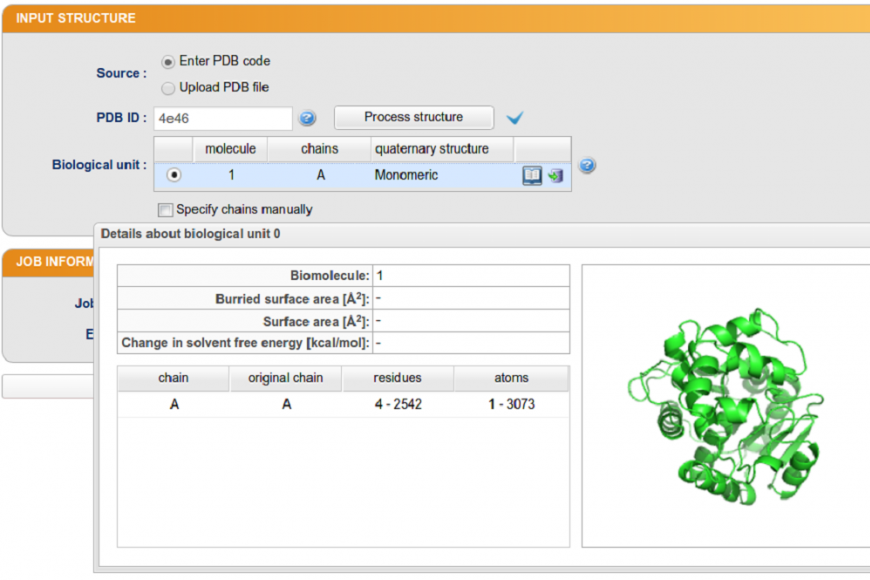Biotechnology, biomedicine, chemistry, agriculture: all these fields use protein-based products and materials. These are often modified compounds that, before they can be used in various applications, need to be “stabilised”, for example to withstand higher temperatures or the presence of solvents. Protein stabilisation is a relatively complex process, but experts can now get help from the FireProt web portal developed by researchers from the Loschmidt Laboratories at the MU Faculty of Science and from the Faculty of Information Technology at the Brno University of Technology.
The web service can highlight places in the protein structure that could be modified to stabilise the protein. “If a protein cannot withstand the processing conditions, it has no practical use, no matter how effective it is,” notes Jiří Damborský, the head of the laboratories.
The Loschmidt Laboratories focus on protein engineering and protein stabilisation is a very important topic for them. “Five years ago, we started working on a universal method that would allow us to stabilise any protein,” says David Bednář, who took part in the development of FireProt 1.0 during his PhD studies.
His colleague Miloš Musil adds that the product offers automatic design of stable proteins. “It was created so that someone without a deep knowledge of bioinformatics could take it and use it to design stable proteins.”
Automating a search for places suitable for stabilisation within the protein structure is not easy. Since the modification changes the individual amino acids, which are the building blocks of the protein, it could lead to changes in its other properties as well – including those that prompted its use in the first place.
“In other words, we have to look for places where a mutation doesn't have a big impact on the other properties of the protein,” says Bednář. “To find them, we examine related proteins and look for places that are evolutionarily conserved – that is, they are the same in all the proteins, which means they are probably connected to their biological effects. We don't make any changes to these places. Another factor that we look at are the energy interactions between the individual amino acids that form the proteins. If these improve, it should mean that the protein is more stable.”

However, the whole process of identifying the right places and picking a new amino acid for the modification is much more complex. Musil describes FireProt in the following way: “The website comprises 16 computational tools and it combines them to arrive at the most suitable modifications. These are mostly readily available third-party software applications, tools that help find similar sequences in various proteins or identify evolutionarily conserved sequences, and protein databases.” He adds that the user does not need to know how the individual tools work or how to install them and set them up.
Users can simply open the website and enter the parameters for the protein they want to modify. Then they just have to wait to be notified that the calculation has finished.
“These calculations are very complex and are only made possible by using the supercomputer centre CERIT-SC at Masaryk University and the ELIXIR project, which has laid the infrastructure for storing and analysing biological data,” says Damborský, adding that in the case of larger proteins, the calculation can take a week to finish.
Hundreds of scientists have already used FireProt
The MU and BUT team was the first to develop and publish a procedure that uses various tools to find places suitable for protein stabilisation. When it came to developing a publicly accessible online tool, however, they were beaten by an Israeli team from the Weizmann Institute – even though their tool takes a different approach to the problem.
“Our tool is only the second in the world to stabilise proteins using multiple mutations and the demand was high right from the start,” says Damborský. “During the first month, the website was accessed six hundred times and over a hundred users have already used it for their calculations.”
Among those who found the tool helpful are also Brno researchers who were looking for a way to stabilise the fibroblast growth factor, a protein that stimulates stem cell multiplication and is used in stem cell research.
The researchers presume that the factor could help with hard-to-heal wounds, such as burns or diabetic wounds, and it is already being developed for these purposes by Enantis, the biotechnology spin-off of Masaryk University.
